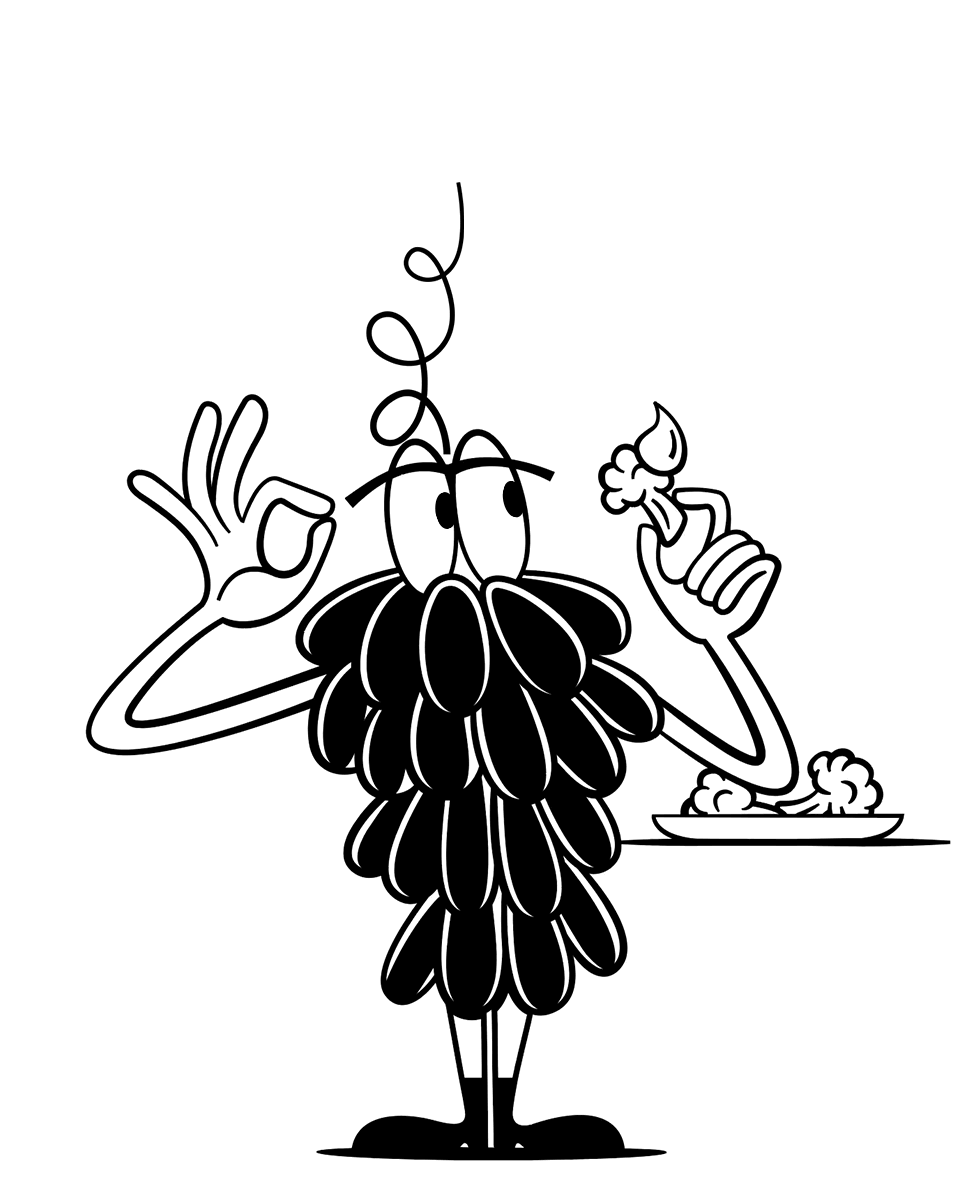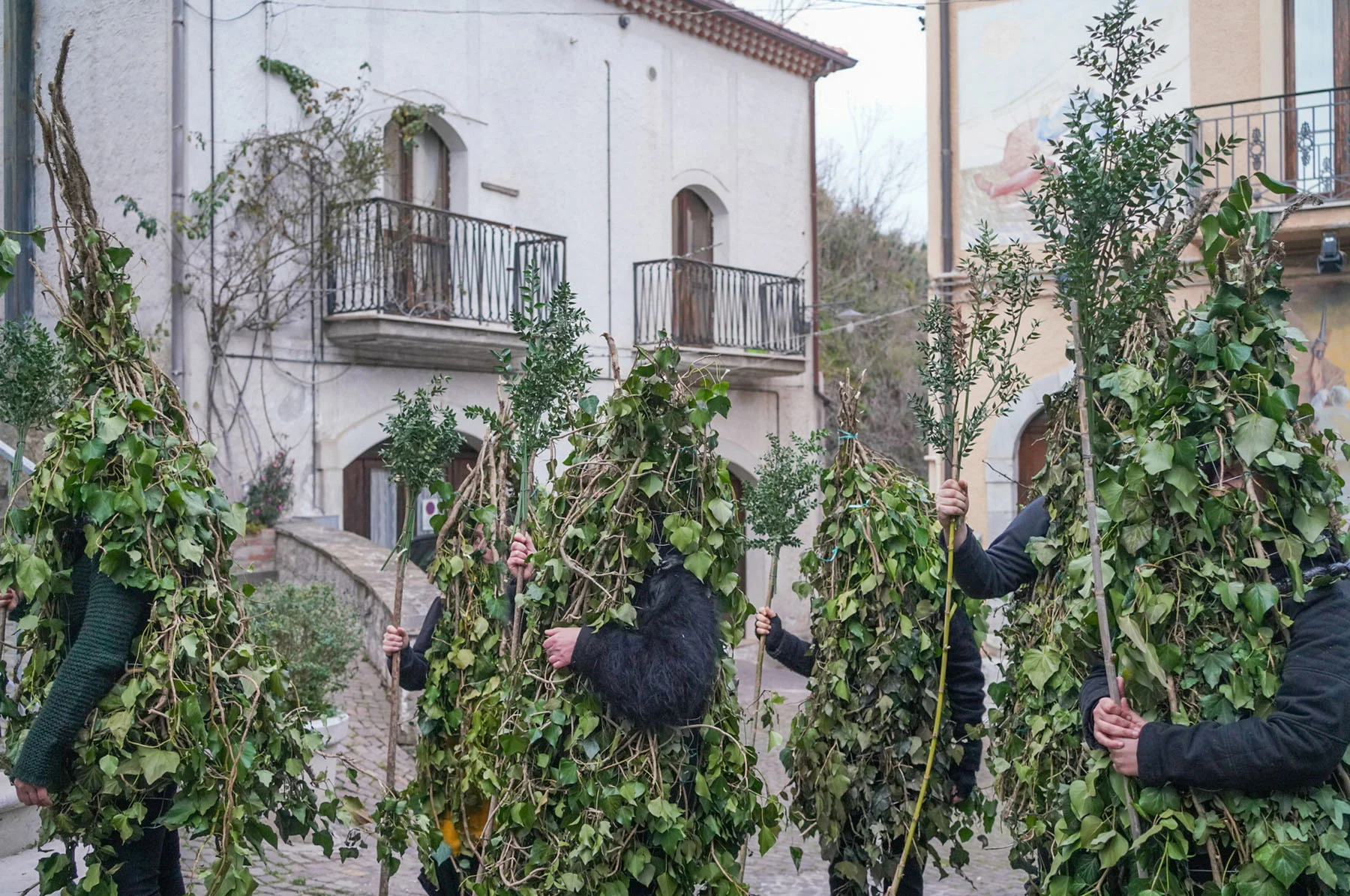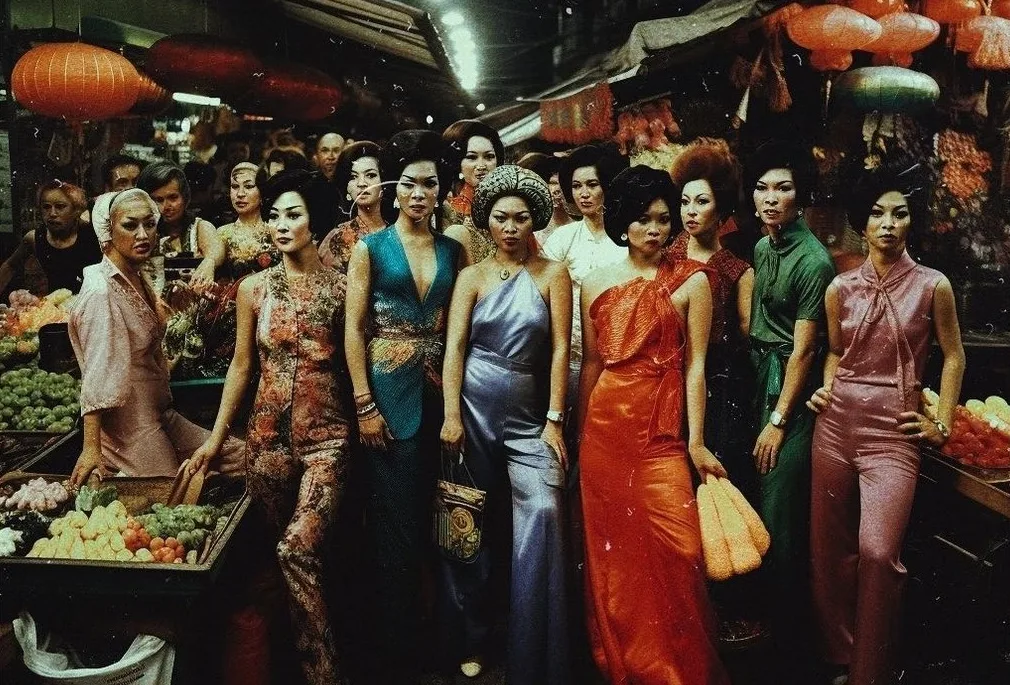

Any culturally discerning Londoner will be familiar with Forza Win: the restaurant that started as a boisterous, warehouse dining experience with a DIY feel, that is now opening a new sister space within the imposing, Brutalist majesty of London’s National Theatre. Beyond its food, Forza is known for having done what modern-day restaurants can only dream of: foster a loyal, dedicated, enormous community through its clever use of social copywriting, merch, and identity. Writer Sam Diss meets the restaurant’s founders to discuss how 80s Milanese streetwear and skate culture inspired the restaurant with the secret recipe to successful, honest branding.
London’s restaurants have, like many of us, been living a precarious existence post-pandemic. Sky-rocketing overhead costs, supply chain anxieties, and a dwindling staffing pool have all taken their toll. From the Michelin-star eatery to your local bakery, change has touched the life of every establishment. Now, to stay afloat—or wilder still, to thrive—brand storytelling has never been more important.
For cult Anglo-Italian restaurant group Forza, they’re betting big on the strength of their brand. Luckily, they’ve been at this lark for a while. Ask many who follow its pleasantly anarchic social channels or enter its relatively-unassuming doors, and they’ll tell you the Forza branding is as important to them as the food.
“The merch element has always been important to me,” founder Sebastian “Bash” Redford tells me. I notice that he is, ironically, the only person in the restaurant not wearing one of their shirts. (They’re in storage while he moves home.) “Probably too important.”
“There’s an easy way to put this,” he says, over a plate of cauliflower fritti in a makeshift shed in the corner of Forza Wine’s panoramic rooftop terrace, shielding from rain that hammers south London. “For a long time, we lost money but we had fucking awesome T-shirts.”


The shirts, to be fair, are pretty great: often produced as collabs with in-the-know brands like British streetwear label Heresy and always featuring fun, illustrated back-pieces. The merch nods to Forza’s foundation in skateboarding: Redford was a skater growing up in Manchester, the brand’s mates are skaters, and iconic British skater Toby Shuall—once a carpenter, now running a plant nursery—built Forza Win’s bar. All that informs the playful sense of humor and kleptomaniac-approach to cultural references that have become the brand's stock-in-trade.
As such, early attempts at a logo were as subtle as a few shots of limoncello on an empty stomach. Forza’s first crack—drawn by Archie McLeish, a close pal of Bash, another skater, who just happened to be a world-class art director, and created the entire initial brand—was a flip of “the Bialetti Man”, mascot of the coffee brand best known for inventing the Moka pot.
Officially known as l’omino con i baffi (“the mustachioed little man”), McLeish’s bootleg swapped its Fedora for a baseball cap, its boots for Nikes, and had the little fella holding a zoot behind his back. It struck a chord. “If you had to distill Forza into one thing,” adds Redford, “that logo was it.”

After years of pop-ups, they now have two sites established south of the Thames—Camberwell restaurant Forza Win and its boozier brother Forza Wine (whose brand was created by Sean Thomas originally in 2017) just up the road in Peckham. Faultless taste, vibrant informality, and relatively accessible pricing have meant each is a buzzing destination that manages to maintain a difficult balance. In a London restaurant scene which boasts unparalleled diversity and waves of self-flagellation over its effect on the city’s all-consuming thirst for total gentrification, Forza must appeal to adventitious foodies, fuckbois, and bougie couples as one of the city’s coolest spots while also respecting local culture in a constituency with the UK’s highest proportion of black, African, and Afro-Caribbean residents. It is no mean feat.
“We first opened in Peckham because it was the only place we could afford,” says Bash. “From the start, we worked hard to build roots in the local community. We’ve always been accepted as a place that’s not this beacon of gentrification in the area, but maybe we are… All we can do is try to make the place as accessible as possible. It’s always been our goal that anyone who finds themselves with a tenner can come here and have a really nice time. Because ultimately it’s just food. It should be for everyone.”

There’s a lot more to building a consistent, coherent brand world in-store and online than just slapping a logo on a piece of canvas.
They’ll put that accessibility to the test with their next venture. Just to ratchet the degree of difficulty further, at a time when many peers are tightening their belts, Forza are about to open a third spot—a glitzy new space at the National Theatre, an enormous, publicly-funded arts institution on London’s revered South Bank. Opened in 1963 by Laurence Olivier, it boasts the city’s most famed Brutalist architecture as well as some of the country’s finest theater. And now, says Forza founder Bash, their rabble, too.
“Trying to make all of this appeal to the people who go to the National Theatre…” he says. “It’s on my mind. A lot of those people might find it difficult to understand what we do—our style of service, our wine, the kind of food we put out.”
One glimpse at their Instagram gives you a sense of their style. Every brand worth their Maldon sea salt has merch these days—caps, tees, tote bags, you name it. But while some may see it as a way to earn a quick buck, there’s a lot more to building a consistent, coherent brand world in-store and online than just slapping a logo on a piece of canvas.
“There’s part of culture that’s suffered massively as a result of Instagram,” says Bash. “But one thing that’s shone through is the idea that we can engage with the culture around food in a brand-led way.” As much as he grapples with a love-hate relationship with the platform (on behalf of all of us, I say “same”), he says, its aptitude for world-building remains unbeatable.
When we discovered Paninaro, we were like, ‘Oh, god, yes!’ Those references were a dream for us. It unlocked everything.
A good few years have passed since a cease-and-desist necessitated an unceremonious ciao to their stoned l'omino. But, luckily, as they outgrew (some of) their skateboarding influences, another subculture came to consume Forza’s subconscious. One which has greatly informed their treacherous next step.
Paninaro—the mid-80s Milanese milieu of well-dressed teens hanging around sandwich shops—had a profound impact on England’s north-west. The birthplace of “terrace culture”, football fans in Manchester and Liverpool followed their clubs across Europe and returned with tall tales, continental influences, and new brands to obsess over. It would have a lasting effect on creative minds in the area, including Redford.
Progenitors of the Stone Island jackets that would become so coveted, the original Paninari were, in Bash’s words, “just fucking cool. When we discovered Paninaro, we were like, ‘Oh, god, yes!’ Those references were a dream for us. It unlocked everything.”
That Paninaro was itself influenced by the lurid American aesthetics of Reagan-era consumerism only added to the mystique. The upper-middle class Paninari combined Ivy League garb with Alpine mountaineering jackets and Paraboots or Italian plimsolls. It was a style that blew the minds of their working-class English counterparts, who found ways—legitimate or otherwise—to bring back new wardrobes and a raft of mid-century grafica italiana design cues.
And so, Hollywood by way of Milan by way of Manchester filtered into the brain of Bash, refracted through the outsider lifestyle of skateboarding, and channeled into a timeless, joyous eclecticism. With no reference beyond its sticky fingers, Forza has made sure creativity is always twinned with accessibility, despite the slaloming arcana of its allusions.
Clarity is an idea that permeates Forza’s work. Their tone-of-voice on social media is conversational and always tinged with a candid vernacular that feels typically Manchester. Their Peckham bar has an exclusively natural wine list but, since they consider the term “natural wine” pretentious, they don't use it. They just call it wine.

It’s an ethos that design studio Commission—their long-time friends—have used as inspiration, working with Forza on their branding ahead of their leap to the National Theatre. “It all goes back to Paninaro for us,” says founder and creative director Christopher Moorby, yet another northerner. “Those kids were just going for fast food, and they looked a bit street while still being upper-class kids in Timberlands and Montclair. It was a real mix of worlds. High and low. Lots of things being taken out of their original context. That influence was taken back to kids growing up in Manchester, too. All that brings together this really interesting world that we could draw a lot from.”
Renowned for creating high-end designs and packaging for luxury clients like Rimowa and DKNY, Commission’s partnership with Forza caused a change in working practice with some fortuitous results.
“If we’re honest, they probably approached us [about the National Theatre project] a bit late,” says Ian Prentice, a partner and fellow creative director at Commission. “We didn’t have time to overthink it.”
“Time was definitely the editor,” adds Chris. “We understood their thinking and were lucky that a lot of those old reference points, they’re clunky as fuck. Really badly drawn. So we sat down to sketch quite a lot of different typefaces and if they were a bit awkward or badly-drawn, great.”

I used to think, ‘We’re a restaurant company. Why would we need a creative director?
Refinement came after that initial stage but, unlike in the more rigid style of working with high end clients, the studio ran through large amounts of new Forza ideas, wanting to mesh with Redford and Lavery’s creative instincts.
“They wear who they are on their sleeve and we tried to match that,” says Chris. “They’re not trying to present themselves as Italian, just that they love Italian food. We approached branding in the same way. Everything we did is hand-drawn—just like those old cafés—but ours is all nicked from stuff we’ve found and liked. All those typefaces are stolen and reassembled into something that feels like Forza.”
“The cheekiness of nicking is proper punk,” he adds. “Nothing is original anymore. But it’s the idea of: How far apart can you make your reference points and how can you drag them together? That’s what determines how original something looks.”
But it’s clear sustaining that punk ethos with the needs of a publicly-funded institution like the National Theatre is a challenge not lost on those involved. “The reality is it’s going to be a mountain to climb,” says Bash. “I think we’ll win. We wouldn’t be doing it otherwise.”
The new space—designed with Tyeth Gundry of architecture studio Gundry & Ducker—has offered its share of logistical difficulties, too, alongside Bash’s soul-searching. For a project that began as an “illegal pop-up” on the roof of East London’s Truman Brewery—started with funds from Bash’s tax rebate—to recreate, twelve years on, its style of restaurant storytelling at a space like the National Theatre has meant a shift in mindset from Forza team, and for Redford especially. “I need to really sit and think about how we approach these creative decisions now,” he says. “I used to think, ‘We’re a restaurant company. Why would we need a creative director?’”


“Our ambition is for the National Theatre to become a London landmark for food and drink as well as theater,” says Huw Gott, co-founder Hawksmoor restaurants and Non-Executive Director of National Theatre Enterprises. “Forza Wine is a perfect fit. Amazing food, drink and atmosphere, all delivered with their inimitable creativity and style.”
For the Theatre, it’s a chance to have a beloved brand like Forza help change the way people may think about a medium many still see as inaccessible. But while they have opened their doors, Redford and the team still need to play within the institution’s slightly draconian rules. (“You have to apply for planning to change the fucking carpet in that building,” adds Bash.)
Despite the red-tape, the space is phenomenal: its interior a time capsule of mid-century cool, all jade leather and dark wood, with enough wine fridges for 700 bottles. What they can’t change structurally, Bash is making do with scouring eBay for antique standing lamps or a framed copy of a rare issue of TERRAZZO, a long-defunct Italian biannual architecture and design magazine. Still, the core of the site is obvious: its open, centralized kitchen retains a relatable, communal feel and its terrace overlooks the Thames Southbank and the iconic Brutalist architecture of the Theatre, which has been called “one of the last great buildings of the age of public sector architecture”. And with a great menu, plenty of wine, and the sophistication of Commission in tow, Forza are well-placed to make quite the transition.
“It’s a nice journey, isn’t it?” Bash tells me, as rain finally tails off above Peckham Rye. “We’ve gone from relatively humble beginnings to the National Theatre! Weirdly, in a lot of ways, it feels like quite a natural progression. If you asked 9 out of 10 people that come here or follow our brand in any way, they’d say the Theatre was their favorite building in London...”
“For us to open there,” he adds, “I guess it kinda makes sense.”




